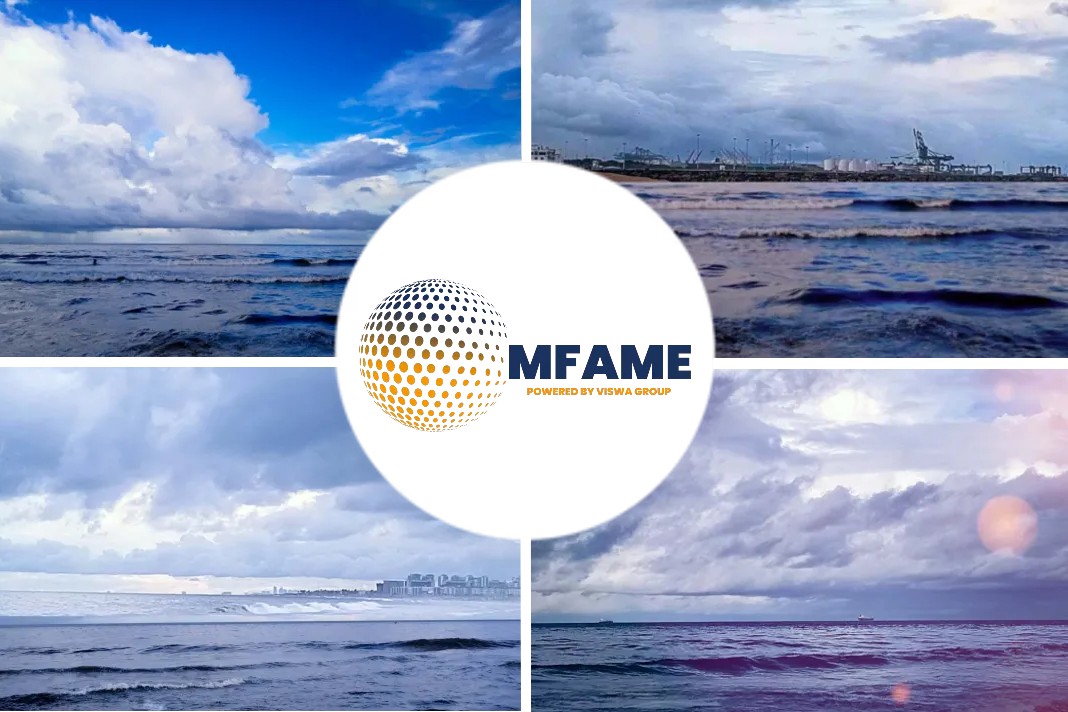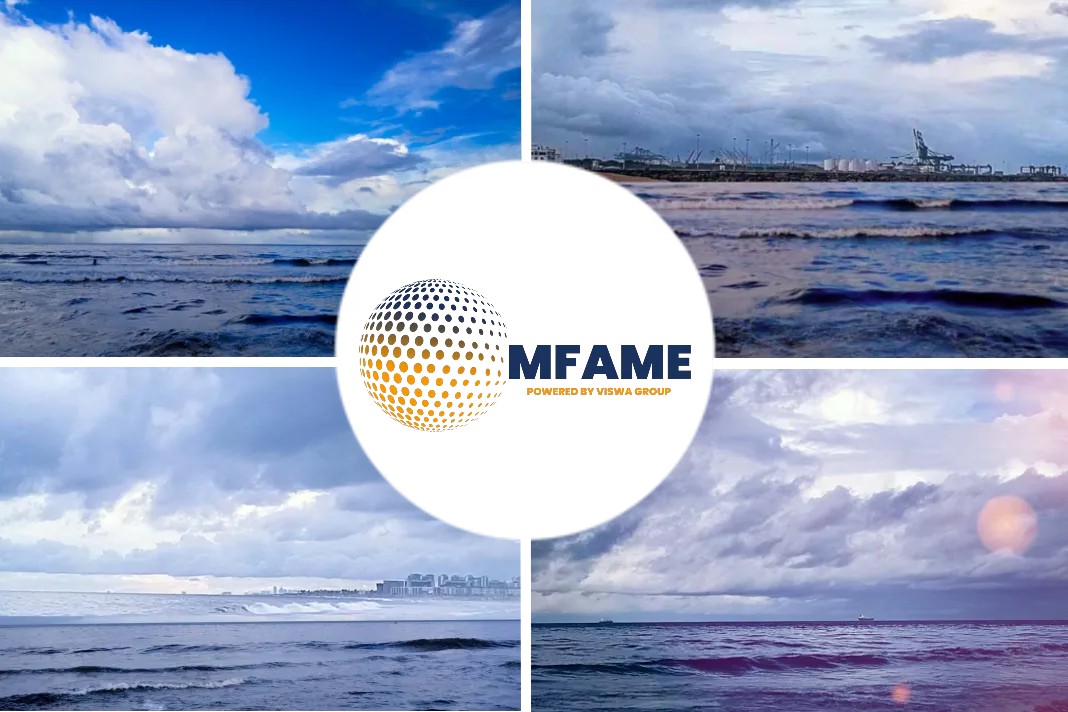With LNG becoming a more popular option as a marine fuel, seafarers must learn a raft of new skills and competencies to ensure its safe handling. While most have experience of working with heavy fuel oil and diesel, many lack operational knowledge of gas fuels, reports Riviera Maritime Media.
Specialized Training courses
There is a growing need for hands-on training using both real equipment and simulators to ensure safety on dual-fuel vessels.
This has led to the development of specialised training courses that cover LNG as a fuel for IMO’s Standards for Training, Certification and Watchkeeping (STCW).
LNG training should also cover requirements from the International Code of Safety for Ships using Gases or other Low-flashpoint Fuels (IGF Code).
Seafarers need more than just training however; they require competencies that they can use on board LNG-powered ships for daily operations, during bunkering and for emergency response.
Rising demand for this level of training has been welcomed by those training centres with the capabilities to apply such courses, and has driven a demand for new facilities that offer live training and simulators.
Stream Marine Training
Stream Marine Training (SMT) was one such facility. Based near Glasgow Airport in Scotland, it offers live training and simulation-based training; chief executive Martin White explains why and how the company invested in these facilities.
“We are at the start of a new era in shipping,” he says. “LNG in shipping will be on a mass-scale. With more than 600 vessels on LNG fuel it is revolutionary in the fuel sector.”
And this is a trend that covers all ship types: dry cargo, tankers, container ships, offshore support vessels, tugs and passenger ships.
“STCW is a minimum for safety,” says Mr White. “We supplement this with technical and type-specific courses and for training seafarers to company-specific procedures, covering their safety management systems and competency frameworks.”
This training starts with the practical handling of LNG, where uncertainty and anxiety among seafarers is common.
SMT director of marine and technical business Tony in’t Hout says: “We provide live cryogenics training at our facilities because there is worry about handling LNG.”
He added, “We get people used to cryogenic systems, so they get experience in handling LNG, and then they have less fear of using this fuel. Then people become more confident in using it safely.”
This training includes gaining experience in the different properties of LNG – it is a liquid at -160˚C – and how it changes phases through evaporation and crystallisation.
Live LNG bunkering training
Practical courses also include live LNG bunkering and fire-fighting training. “We go through different bunkering scenarios for different vessel types and how to respond to vessels under the IGF Code,” says Mr White.
This includes practice on digital and physical engineering and operations, such as using a live bunkering control panel and emergency shutdown systems.
Training however shouldn’t end with the crew; it must also include senior managers of shipping companies who are preparing to utilise LNG-fuelled vessels.
From the chief executive down to superintendents, a knowledge of LNG systems, codes and practices are important for business and safety.
“We train under IGF Code the senior people in the company, so they can write safety cases and safety management systems for LNG-fuelled ships,” says Mr in’t Hout.
Other personnel within the wider shipping sector also require training and practice with LNG-fuelled ships. “We train pilots that will be handling LNG-fuelled ships and salvage companies that may have to tackle a casualty involving cryogenics.”
Pilotage of LNG-fuelled ships will have different challenges to oil-based fuel, as the equipment has different reaction times and properties.
- If something goes wrong, then a gas-fuelled ship could be grounded or involved in a collision that will likely require salvage services to refloat it or emergency services to extinguish fires and prevent pollution.
- While salvors may have encountered such scenarios with oil-fuelled ships, they may have little experience with gas-fuelled vessels.
SMT provides Maritime Coastguard Agency-approved two-day basic and five-day advanced training for seafarers serving on ships using fuels covered within the IGF Code. This includes LNG, LPG, ammonia and hydrogen.
So far, more than 500 certificates have been awarded to seafarers completing these courses, the majority for LNG-fuelled shipping. But SMT has also assisted the first adopters of hydrogen-fuelled vessels because of the growing interest in the fuel.
“This is a growing trend and we are leading on this through our focus on the IGF Code,” says Mr White. “We provided training for the first oceangoing hydrogen ferries in the Orkney Isles. We delivered live bunkering and fire-fighting training [on] hydrogen emergencies.”
Simulator training for Kasi Group
Shipping groups in Asia that do not want to transport seafarers and shore staff across the world to the UK for training will soon be able to send them to a dedicated LNG bunkering training facility in Malaysia.
- Maritime consultancy Kasi Group has ordered an LNG bunkering vessel simulator from Wärtsilä to provide training. This is partially in response to Malaysia energy company Petronas’ shipping arm MISC Bhd investing in an LNG bunkering vessel.
- Wärtsilä will supply Kasi Group with a TechSim LCHS Network Class simulator, including five workstations, one for the instructor and four for the trainees.
“As the global demand for LNG fuel for marine applications increases, the number of LNG bunkering vessels serving this demand is also increasing,” says Kasi Group general manager Capt Bo Caspersen.
“To achieve best operating practices, safety and efficiency, first-rate crew training is essential,” he adds.
Simulator suite by Kongsberg Digital
Gas carrier operators in East Asia will be able to send seafarers for specialised bridge and engineroom training in China from Q1 2020, after Kongsberg Digital has installed a simulator suite at the Jiangsu Maritime Institute.
- This will include a K-Sim full-mission bridge simulator and a K-Sim full-mission engineroom simulator to provide a complete ship simulation training solution. There will be classrooms with desktop engineroom simulators that can accommodate 40 student stations.
- Kongsberg Digital’s simulation technology could also be used by gas terminals to optimise operations and improve efficiency. Norske Shell has contracted Kongsberg to digitalise the Nyhamna gas processing and LPG export facility in mid-Norway.
- Under the NKr100M (US$11M) contract, Kongsberg will use its Kognifai Dynamic digital twin to virtualise the facilities.
- The process will involve using physical models and machine learning algorithms to provide virtual sensors and insight into the non-instrumented part of the facility.
“With the implementation of the dynamic digital twin we believe Nyhamna will be at the forefront of digitalisation in the oil and gas business,” says Norske Shell managing director Agnete Johnsgaard-Lewis.
“We expect new insights that we can leverage to further improve the productivity, reliability and performance of the gas facility,” she says.
Bunkering operations on Clean Jacksonville
In North America, Foss Maritime has worked with WMT Marine to develop bunkering operations on the first US-flagged LNG bunkering barge Clean Jacksonville.
- Foss provided project management and formed an LNG operations team to operate the barge in support of Tote Maritime’s, LNG-powered, Marlin-class container ships.
- During this project, Foss provided detailed risk assessments, a hazard risk assessment, conducted waterway suitability studies, contingency plans and emergency response plans.
- Foss also worked with the US Coast Guard to develop a recruitment process to define areas of expertise required for crew positions. WMT assisted Foss in these processes.
- It undertakes specialist surveys to verify systems, equipment, and operations. It generates technical documentation covering normal and emergency operating procedures and accompanying training documentation.
Simulation enhances safety during STS and carrier berthing
Training and safety will be covered at Riviera Maritime Media’s LNG Ship/Shore Interface Conference, Awards & Exhibition, held in London on 28-29 November 2019.
During this conference there will be a session on safety led by SIGTTO general manager Andrew Clifton. He will present the latest in LNG training requirements, SIGTTO projects and how the industry association encourages LNG shipping to manage risks.
There will also be a session on the use of simulators for designing LNG berths and moorings, with presentations by Witherby Publishing Group technical director, Johan Machtelinckx and HR Wallingford technical director for oil and gas Iain Gunn.
Together, they will discuss the use of cloud-based computers for the 3D visualisation of terminals. They will also present on computer processing power and calculation methodology and verification for static and dynamic interactions in ship-to-ship transfers (STS).
Also in that session, BMT Group director for simulation and training products Phil Thompson will explain how 3D simulation technologies are enabling safety and efficiency improvements during STS and during LNG carrier docking.
Training for understanding LNG as fuel
Lloyd’s Register has unveiled a new training course covering the fundamentals of handling LNG as a fuel.
It is intended to assist technical managers in assessing ship and fleet investment decisions and will provide guidance on the technical and financial aspects of the decision-making process and explain legislative and commercial drivers.
This course is aimed at superintendents, marine engineers and technical management. It will cover hazards related to LNG usage and handling and the relevant regulatory acceptance by countries, port authorities, IMO and classification societies.
Lloyd’s Register will also review design issues for marine gas fuel installations, including high- and low-pressure gas supply systems and technical issues regarding design, fuel storage, bunkering and operations.
It will also increase the awareness of risk assessment methods to evaluate alternative designs of LNG-fuelled ships.
Did you subscribe to our daily newsletter?
It’s Free! Click here to Subscribe!
Source: Riviera Maritime Media


















